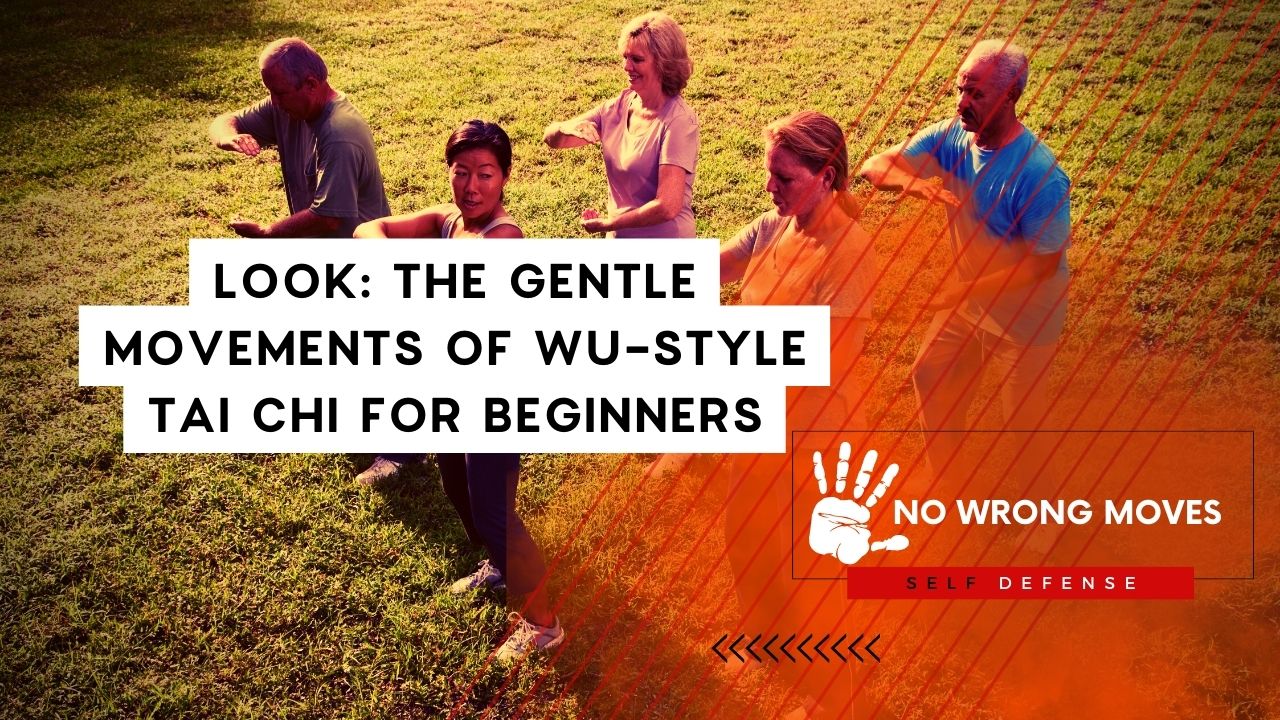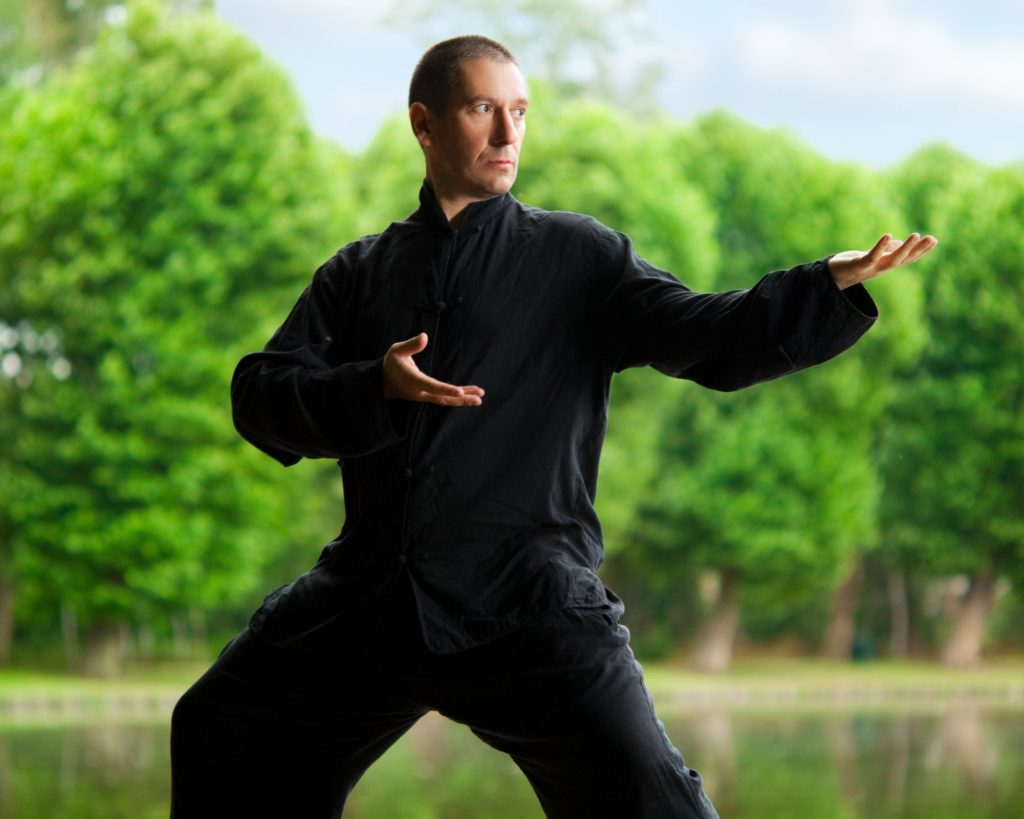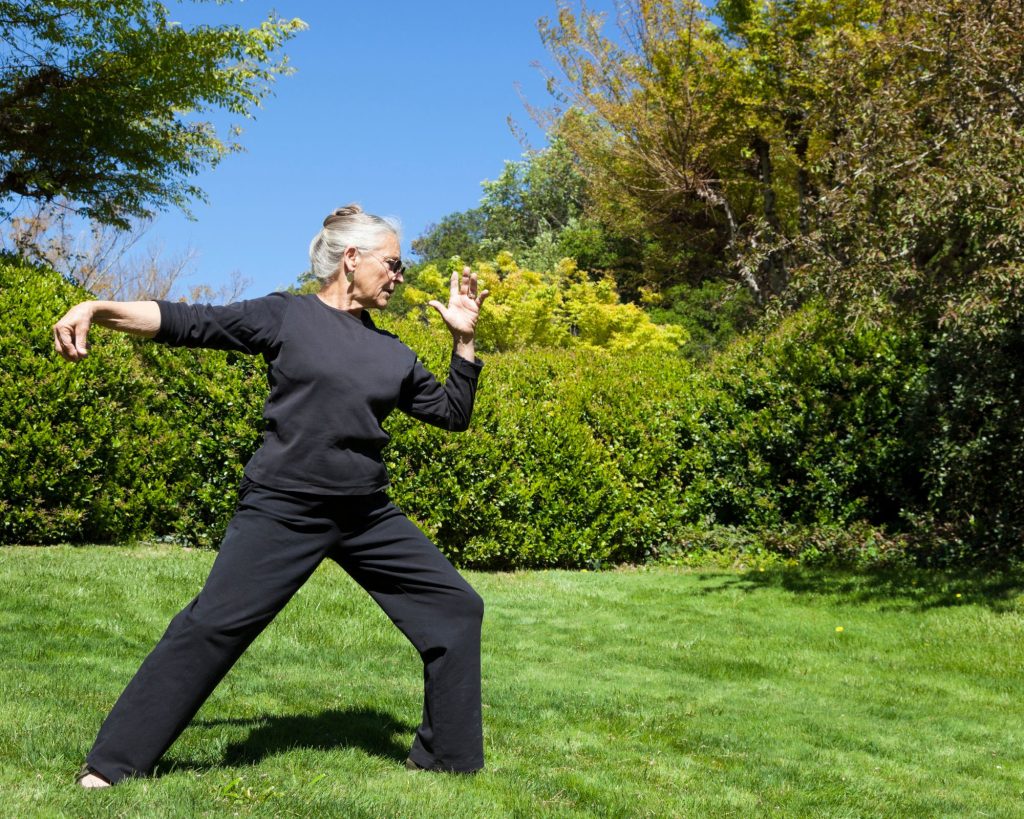
Welcome to the world of Wu-style tai chi! If you're new to tai chi, you may be wondering what sets this style apart from others.
Well, let me tell you, Wu-style is a beautiful, unique, and all-around wonderfulform of martial art that emphasizes smooth, flowing movements and a focus on posture and stance.
In this article, we'll explore the basics of Wu-style tai chi for beginners and how it can benefit beginners looking to start their tai chi journey. So let's get started!
A Brief History of Wu-Style Tai Chi For Beginners

Wu-style tai chi is a martial art that traces its roots back to the Chinese Imperial Court in the mid-1800s.
In the heart of the Forbidden City in Beijing, there was a man by the name of Wu Quanyou. He was of Manchu ancestry and a military officer cadet in the Yellow Banner camp of the Qing Dynasty Military. Wu was also a hereditary officer of the exclusive Imperial Guards Brigade.
In 1850, he became a student of Yang Luchan, who was then the martial arts instructor in the Imperial Guards, teaching the art of tai chi chuan.
With his knowledge, he combined the traditional Chinese boxing styles of shaolin and taizu to form a unique style of martial art.
Twenty years later, in 1870, Wu Ch'uan-yu was offered the honor of becoming the senior disciple of Yang Luchan's oldest adult son, Yang Pan-hou. He also became an instructor in the Manchu military.
Wu had three primary disciples: his son, Wu Quanyou; Wang Mao Zhai; and Guo Fen. Wu Chien-ch'uan later became the most widely known teacher in his family, and his refinements to the art of tai chi chuan more clearly distinguish the Wu style from Yang style training.
Wu Quanyou's family continued the tradition of teaching tai chi chuan. Wu Chien-chuan's son, Wu Kung-i, and grandson, Wu Kung-tsao and Wu Ying-hua, were all well-known teachers.
Wu Chien-chuan eventually moved his family south from Beijing to Shanghai in 1928, where he founded the Chien-chuan T'ai Chi Chuan Association in 1935. The association played a particularly prominent role in shaping and spreading the Wu style of tai chi chuan.
How Does Wu-Style Tai Chi Work?

Wu-style tai chi for beginners can also be called Wujiā or Wúshì, and holds a prominent place in the world of tai chi. It stands as the second most popular tai chi style practiced worldwide, right after the Yang style tai chi.
Interestingly, Wu-style tai chi is a direct derivative of Yang-style tai chi, which makes them closely related. Wu style routines follow overall similar sequences of moves and names to those of Yang-style.
There are a few notable differences between the two though.
One of them is the stance. In Wu-style, the stance is taller and the steps are shorter, making it an ideal choice for beginners or people with physical difficulties such as low stances or physical disabilities that might make it challenging to perform a wider range of motions.
Benefits of Wu-Style Tai Chi

Wu-style tai chi for beginners, and indeed, tai chi in general, has been shown to provide a range of physical and mental health benefits. Some of these potential benefits include:
- Reduced stress and anxiety,
- Improved balance and coordination,
- Increased flexibility and range of motion,
- Improved posture and body alignment,
- Increased strength and endurance,
- Improved concentration and focus, and
- Improved cognitive function.
In addition to these physical and mental health benefits, wu-style tai chi for beginners can be a great way to connect with others and to cultivate a sense of community.
Before getting started with Wu-style tai chi for beginners in general, make sure to establish a strong foundation. Beginners should start by learning the basic Wu-style tai chi postures before trying out anything more complicated.
Also focus on proper breathing and to practice the movements slowly and with control. Practicing with a great instructor will be extremely helpful in this regard, so make sure to do good research!
What Sets Wu-Style Tai Chi Apart?
In Wu style tai chi for beginners, the stance is square, with both feet pointing forward. This shorter and taller stance reduces the practitioner's reach, but the Wu-style posture compensates for this by creating reach while grounding the stance.
This posture is known as "slanted but straight," and it's a trademark characteristic of Wu-style tai chi for beginners. Instead of standing upright, the body is leaned forward while keeping the back straight when advancing.
This slanted posture creates a straight line from the head to the rear heel, giving the practitioner the necessary reach without compromising their balance.
When moving in Wu-style tai chi for beginners, the practitioner alternates between leaning forward and tilting backwards with each step, creating a rocking body motion known as "willow tree blowing in the wind."
This unique movement is fairly distinct from the other tai chi styles, where the body remains upright with each step.
For the leaning posture to work, the back foot must point forward, allowing the body's energy to travel down to the rear heel and anchor the whole body.
Keeping this detail in mind is especially crucial for Wu-style tai chi for beginners, as it will help in achieving balance and remaining properly grounded.
Find Peace And Harmony With Wu-Style Tai Chi!

The practice of Wu-style tai chi for beginners is a journey of self-discovery. As practitioners become more familiar with the movements, they can begin to experience a sense of joy and pleasure in the practice.
The gentle, flowing movements of Wu-style tai chi for beginners will do a lot for you in creating a sense of harmony and balance. Practicing the form can bring a sense of peace and relaxation and can help to reduce stress and anxiety.
So definitely try it out when you can. You can start small, just learning the basic postures and focusing on proper breathing technique. With the right foundation, anyone can enjoy the wonderful benefits of Wu-style tai chi!
Eager to try Wu-style tai chi out, but can't go to a gym? You can try it out at home! Here's how.
[author-box-jpx-fitness]
